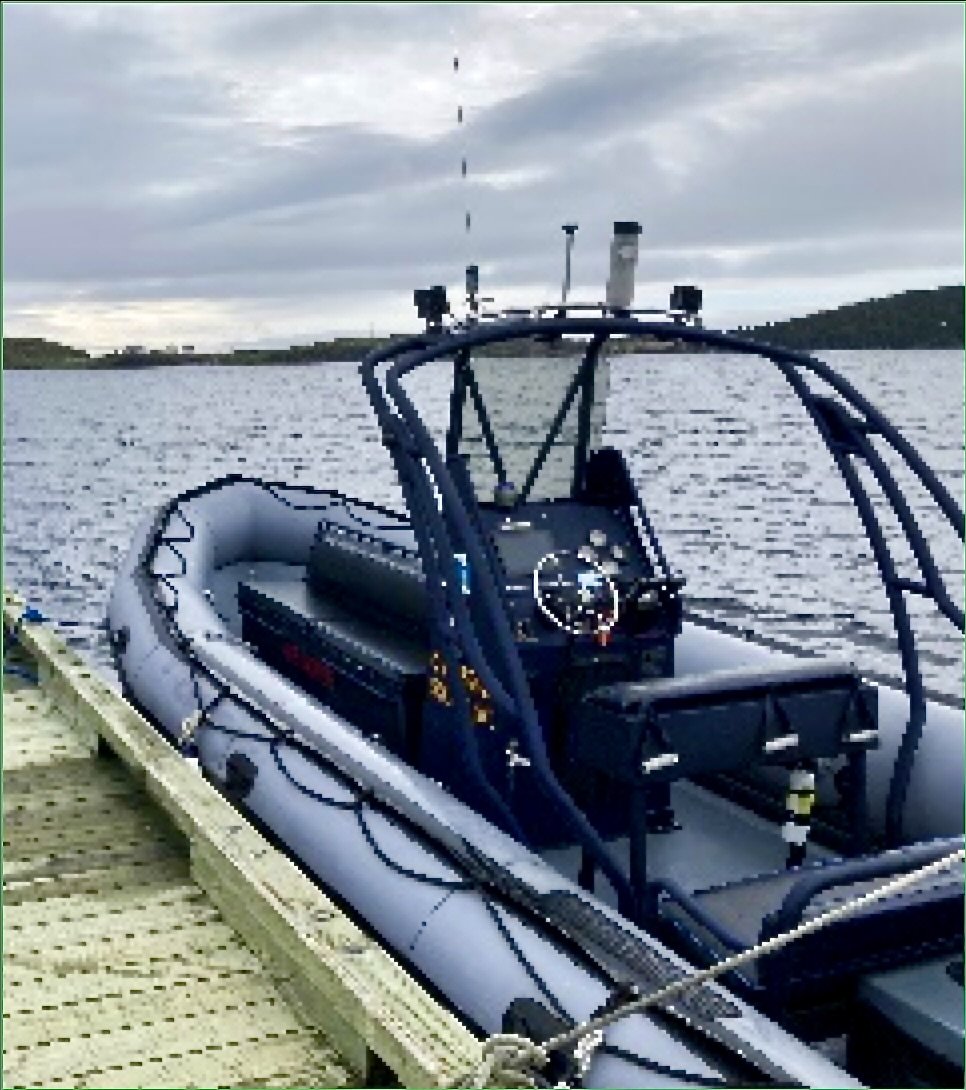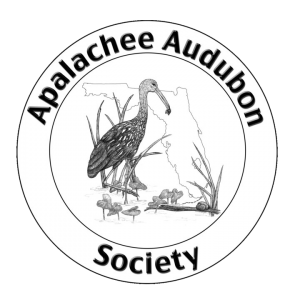Newfoundland is a jagged-shaped island that hangs off the northeast corner of Canada. It is a raw land of sea cliffs, fjords, bogs, and boreal forests. A creation of the collision of tectonic plates, part of the island is formed from the seabed of the ancient Iapetus Ocean, while the western part of the island includes The Tablelands, an upthrust part of the earth’s mantle. The entire island was scoured and scraped by glaciers during the last ice age. Black Spruce and Balsam Fir dominate its young forests.
Newfoundland is an odd place. It has its own time zone, which is a half hour ahead of Atlantic Standard Time. It was once a separate Dominion of Great Britain and remained independent from Canada until 1949. Outside of the Provincial capital, St. John’s, it is sparsely populated.
Five thousand years ago, indigenous people first arrived on Newfoundland, probably by canoe. Four thousand years later, the Vikings sailed their longships past icebergs to establish a settlement at L’Anse aux Meadows. Five hundred years after that the English explorer, John Cabot (who was really a Venetian named Giovanni Cabato), stopped by on a three-masted caravel (although he may have landed in Nova Scotia or Maine, all we know is that it was cold and he said that Cuba was off to his left) and this summer the Morrows flew into St. John’s on an Air Canada Boeing 737.
Twelve days into our trip, after seeing tens of thousands of gannets, puffins, kittiwakes, razorbills, guillemots and murres, we went on a three-hour whale watch with Sea of Whales Adventures. We found sperm whales, along with the usual seabirds. Noting that we were birders, the trip leader, Kris Prince, asked if we were interested in seeing a Steller’s Sea Eagle. He said that he could take us out the next morning before his whale tours started. We would search the section of coast where the sea eagle had been seen. He cautioned that there was no guarantee that we would find the bird. We agreed to meet him at his house at 4:45 a.m. for a two-hour sea eagle hunt.
Steller’s Sea Eagles are large dark brown raptors with white shoulders, legs, and tails. They have a seven-foot wingspan and breed along the Siberian coast. The entire population is only about four thousand birds. This particular sea eagle started wandering in the summer of 2020 with sightings in interior Alaska and Texas before jumping to the northeast, where subsequent sightings have included Massachusetts and the Canadian Maritimes. Lately, it has been hanging around the Bonavista peninsula in Newfoundland.
The next morning, we got up at four am and quickly dressed. It was only a fifteen-minute drive around the top of the bay from Port Rexton, where we were staying, to the Town of Trinity on the bay’s eastern side. Out on Fort Point, the Trinity Lighthouse was still flashing as we drove into the small town and began to search for 12 Ashley Lane, where we were to meet Kris.
Kris was waiting for us and quickly got us outfitted in one piece red-and-black survival suits. We walked down to the dock, about a block away, where he had moored a 26-foot Zodiac with two 90 horsepower outboard motors. It was overcast and windy with rough seas. We launched at 5:03 am, just as the sun was theoretically rising somewhere in the fog over the North Atlantic. Layers of fleece and down under the survival suits helped with the cold until the Zodiac rounded Fort Point and accelerated. Then, it was a frigid June morning on the open water in Newfoundland.
We were sitting on a bench seat behind the driver’s seat. Our position partially protected us from the salt spray that was kicked up as the Zodiac bounced across the swells. The Zodiac had a curved metal lattice, sort of like a roll bar. Kris spent part of his time standing on the back of the driver’s seat, holding on to the lattice and steering the boat with one foot.
The coast of Newfoundland is never straight. It is a series of promontories, heads and points separated by bays, harbors, coves, and bights. Scattered about are seven thousand associated islands.
About four miles down the coast we slowed and began to cruise along Spaniards Bay, the first of the areas in which the sea eagle had been reported. A fog layer obscured the upper slopes as the three of us scanned cliff ledges and the tops of spruce trees with our binoculars, finding only Bald Eagles. I counted sixteen Bald Eagles during the morning and likely missed others.
We passed a rocky beach. Kris said that there was a freshwater lake just beyond that the sea eagle sometimes hunted. Unspoken was the fact that if it was doing so, we would miss it.
We swung around Bonaventure Head to Trinity Bight. Bonaventure Head rises several hundred feet above the water. Huge dark slabs of wet rock slant steeply down to the water where angry surf swirls around sea stacks and floods sea caves along its lower edge. Black Guillemots nest on ledges here, small black alcids with white wing patches. It is easy to get mesmerized by the dramatic landscape and forget to look for birds. We kept looking, but still, no sea eagle.
We worked along Trinity Bight and Cat Cove, finding more Bald Eagles and a few ravens, but no sign of our target bird. We were running out of both territory and time. When you go on a rarity hunt, there is never any guaranty of success.
As we rounded Maiden Point, a low rocky outcropping, I looked over and saw the Steller’s Sea Eagle looming on the upper slope. It was unmistakable; brown and white with a large orange beak. Kris pulled our cameras out from the dry well and we tried to take photos as the Zodiac rose and fell in the rough swells. Most of my pictures were crisp shots of foggy sky or the rock ledge in front of us, but a few showed the sea eagle with enough detail for identification.
Steller Sea Eagle at Maiden Point
We felt exuberant. We had found our bird. It was not only a life bird for my wife and me, it was a magnificent wild creature at home in a rough raw environment. As we watched, it took off, showing its white tail and flew off to the north. Kris gunned the Zodiac and we swung around Maiden Point back into Cat Cove, looking for it. We found it sitting in the top of a Black Spruce. It ignored our close approach. Cat Cove is sheltered with calmer water and we were able to get a few good photos.
Steller Sea Eagle perched atop Black Spruce tree.
It was a quick return trip across the open waters of Trinity Bay, past Bonaventure Head, and around Fort Point and the Trinity Lighthouse into the calmer waters of Trinity harbor. After we docked, we walked back up to Kris’s house, got out of our survival suits and settled up, before heading back for breakfast.
It was a good morning.
All photos in this article were taken by Don Morrow.




